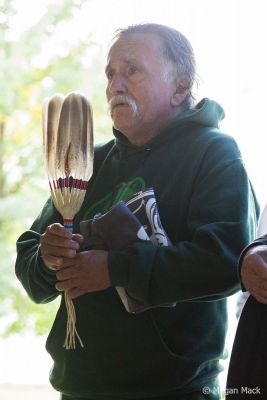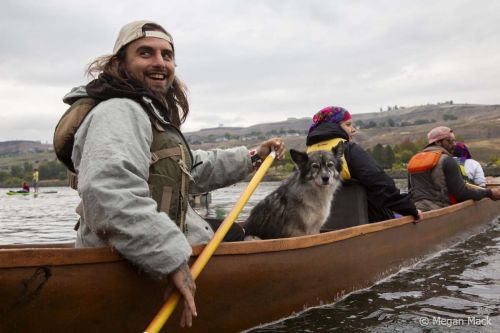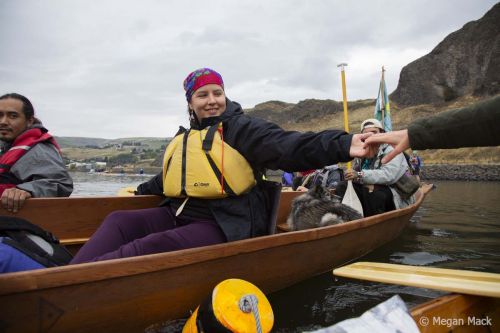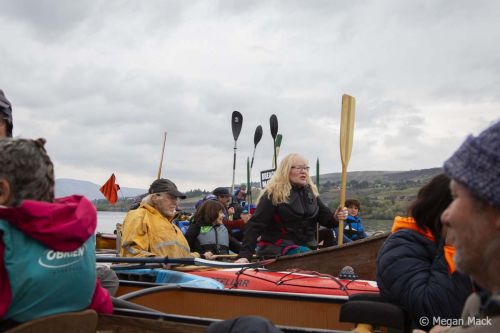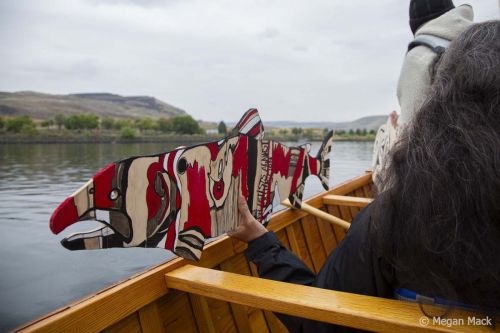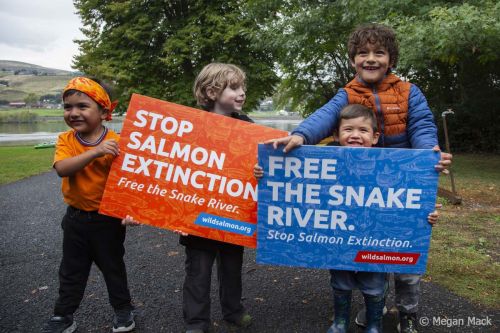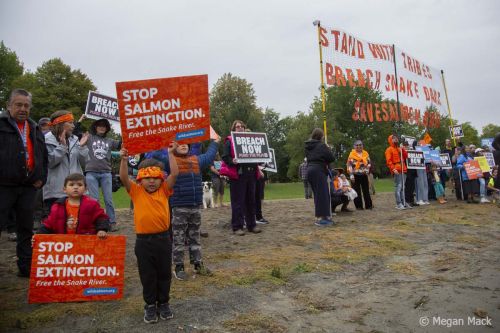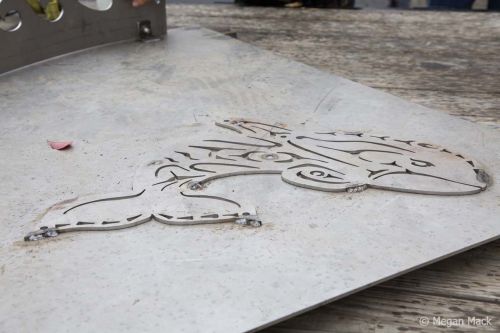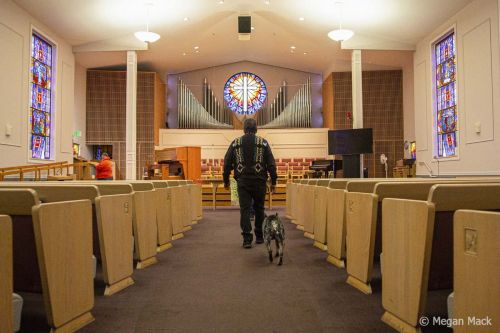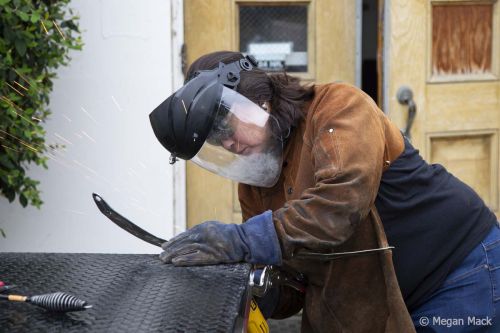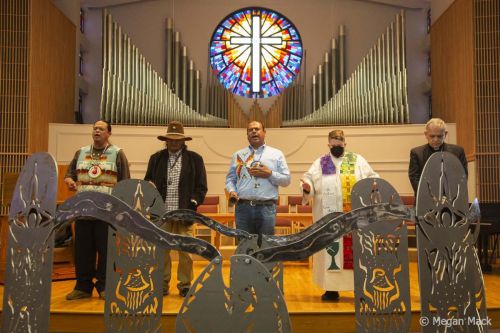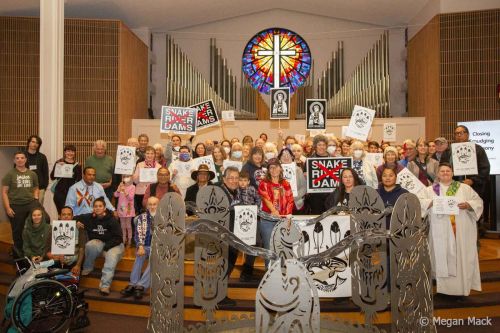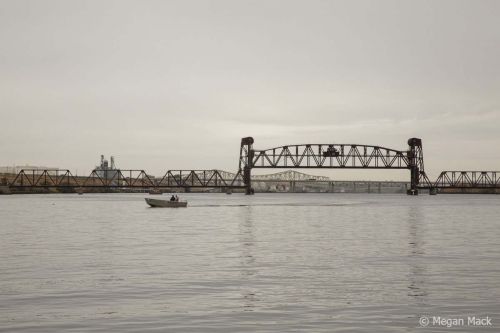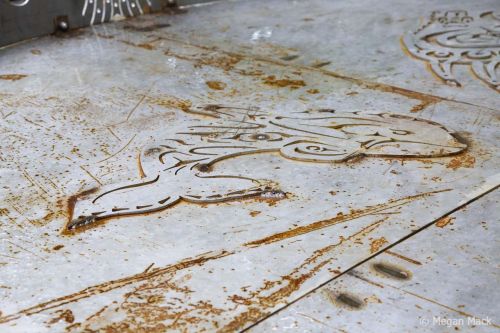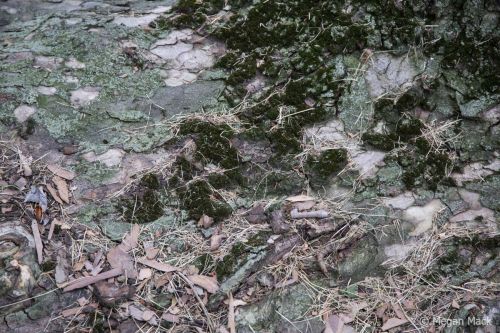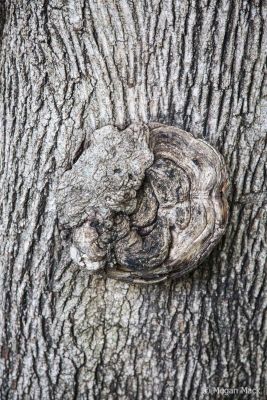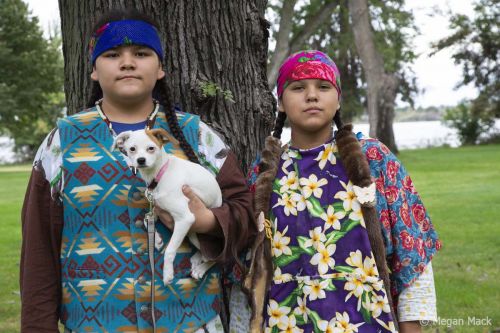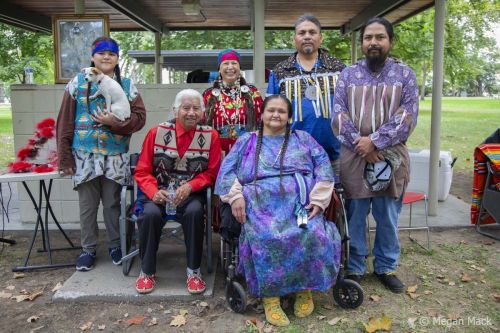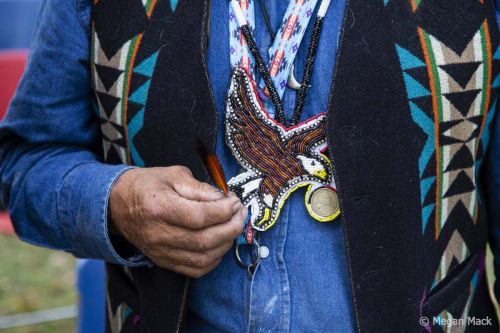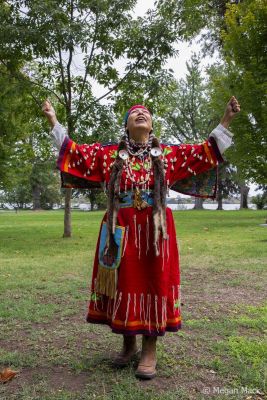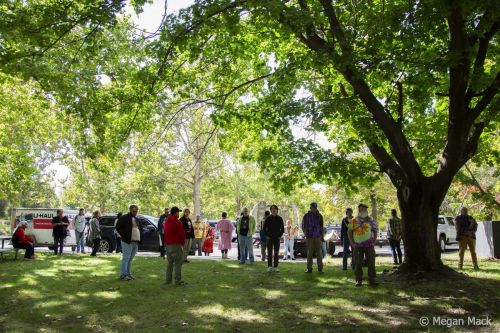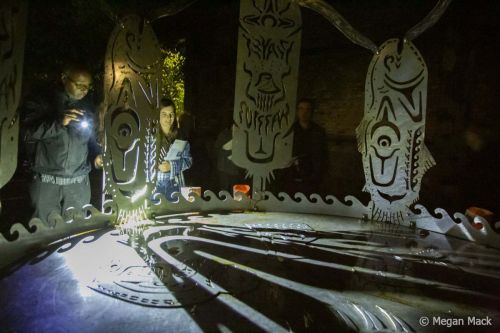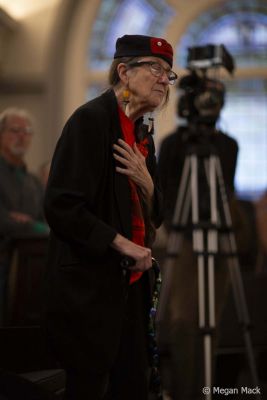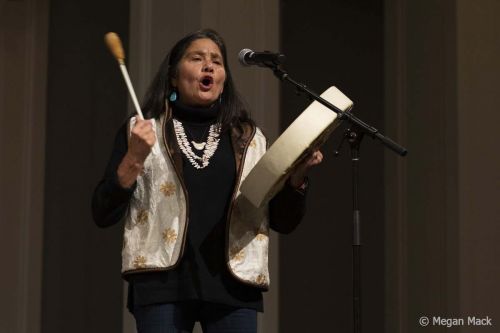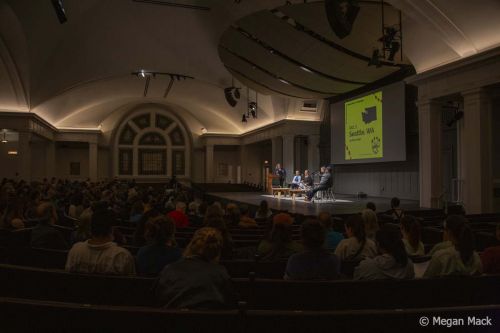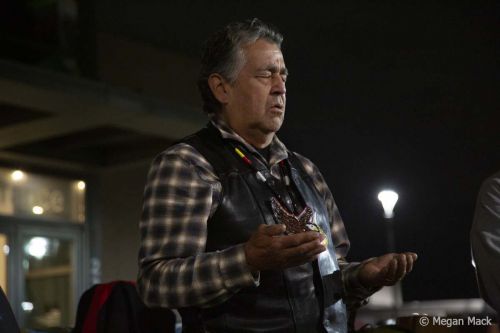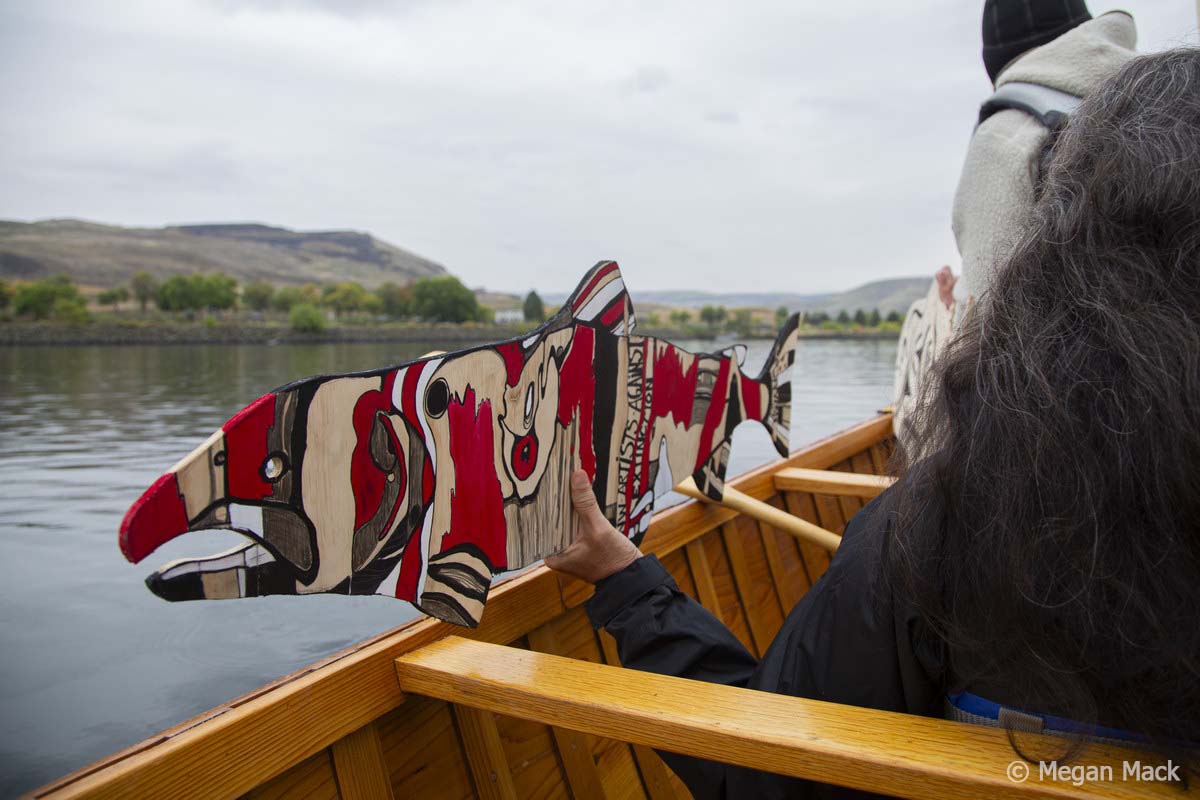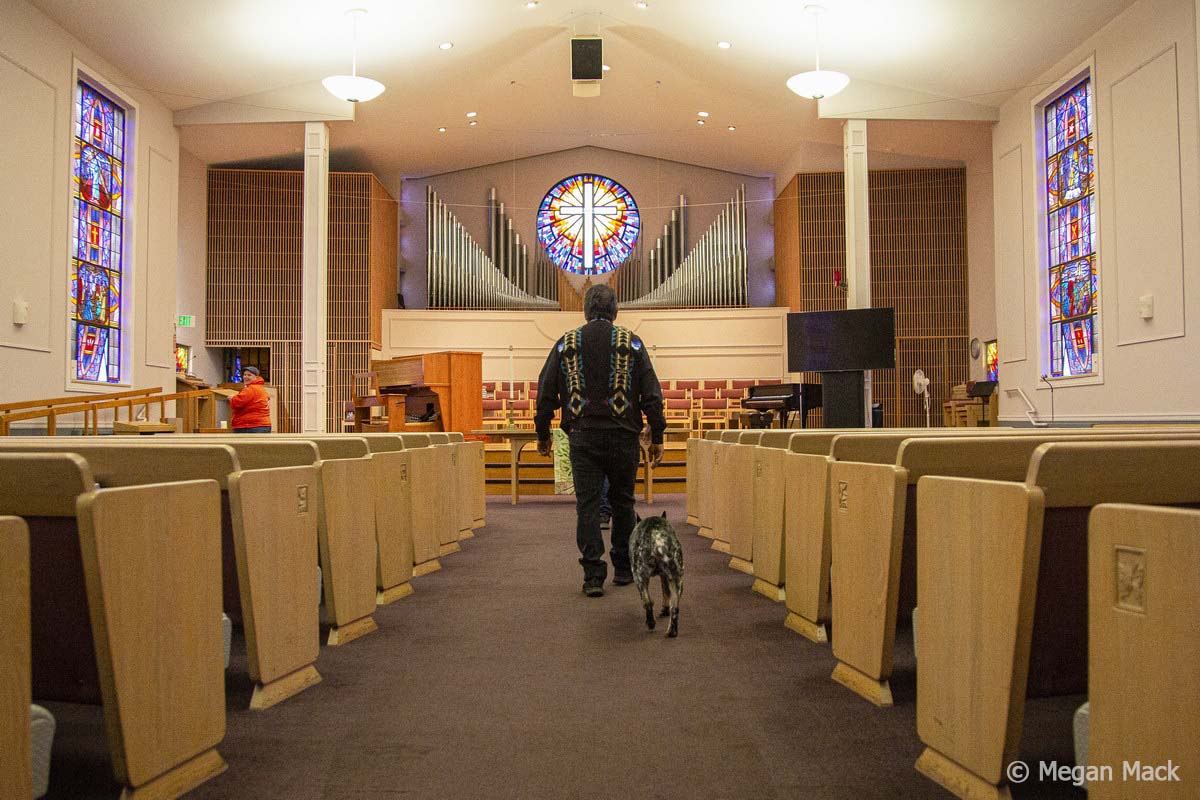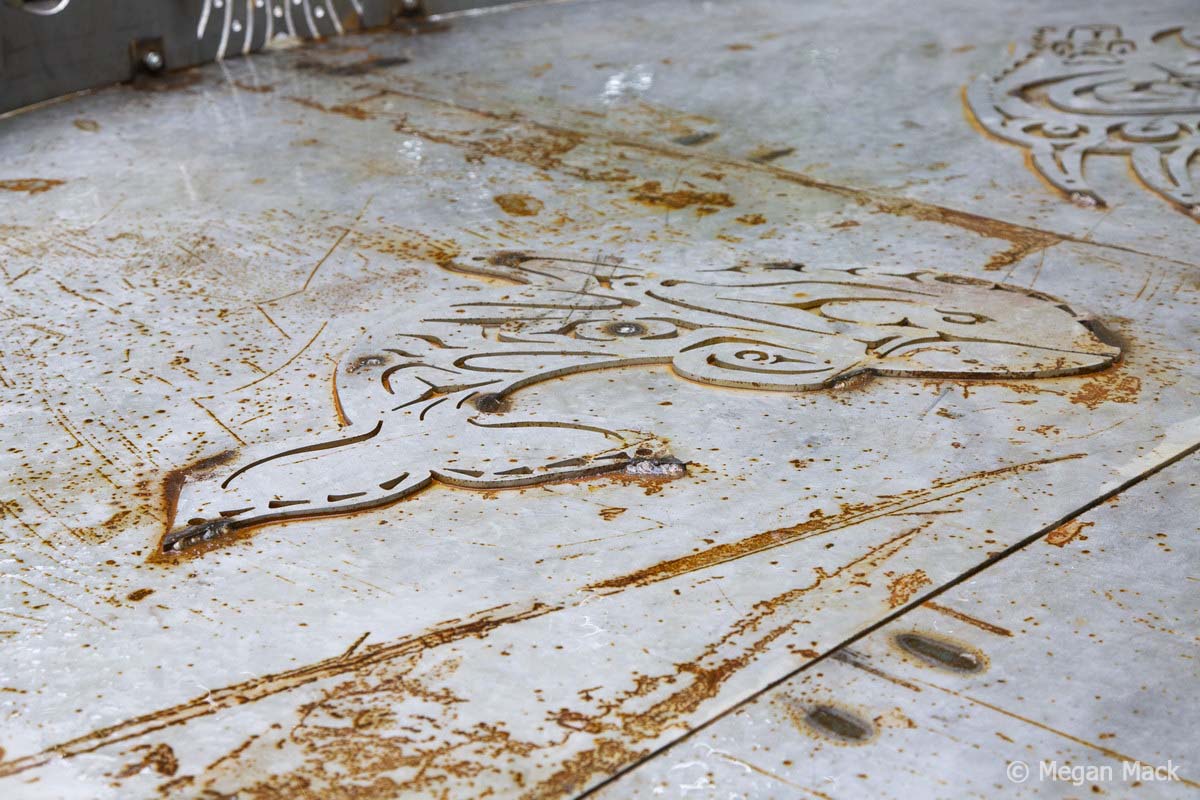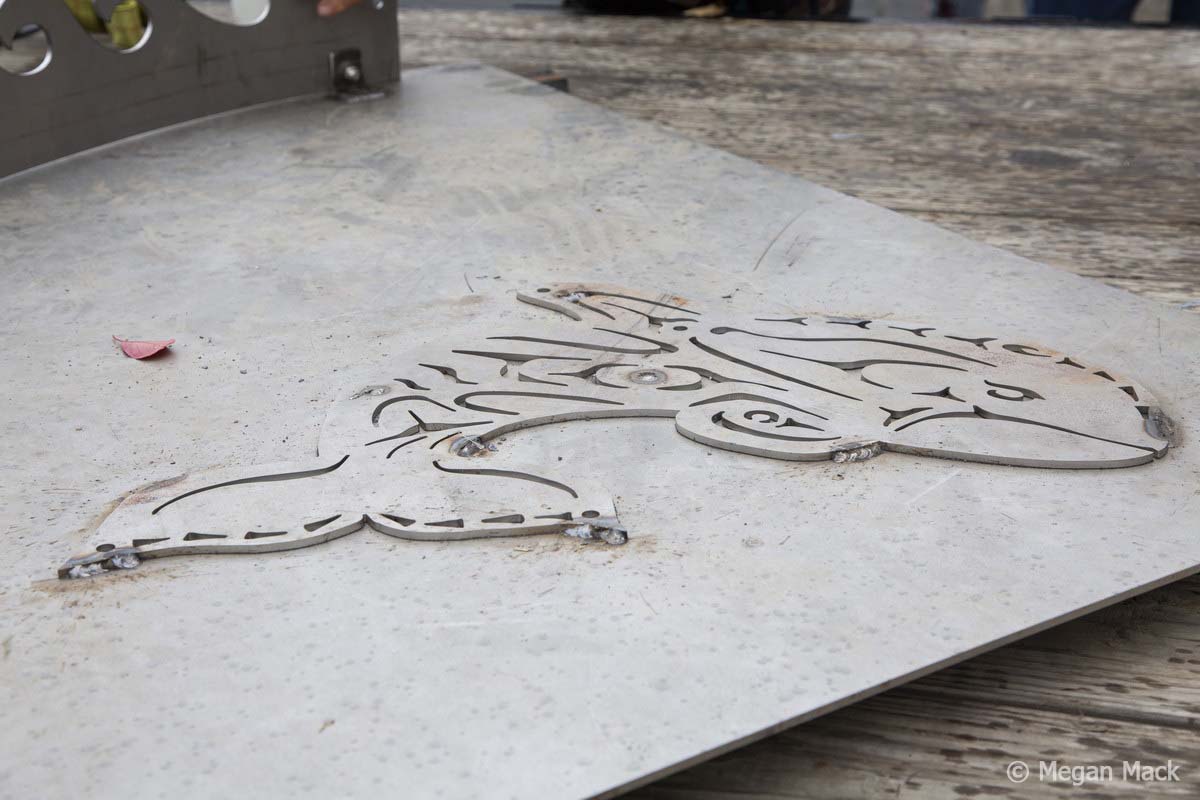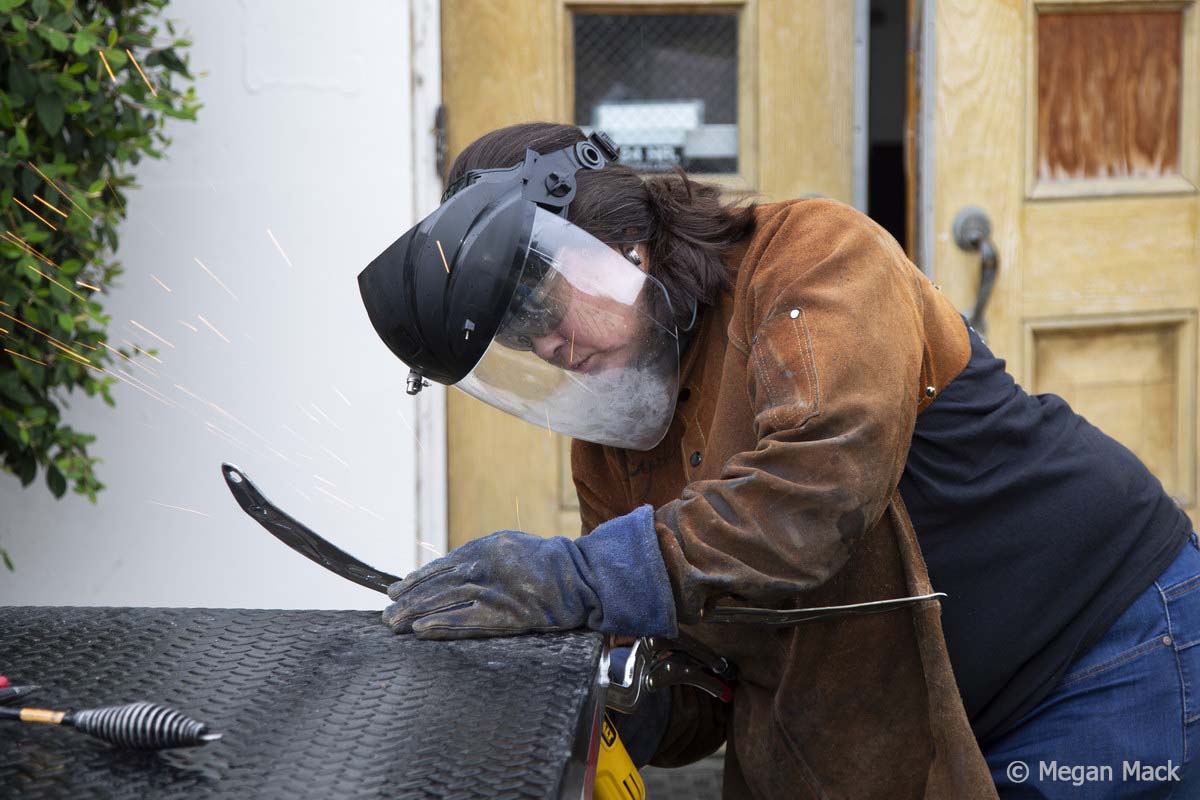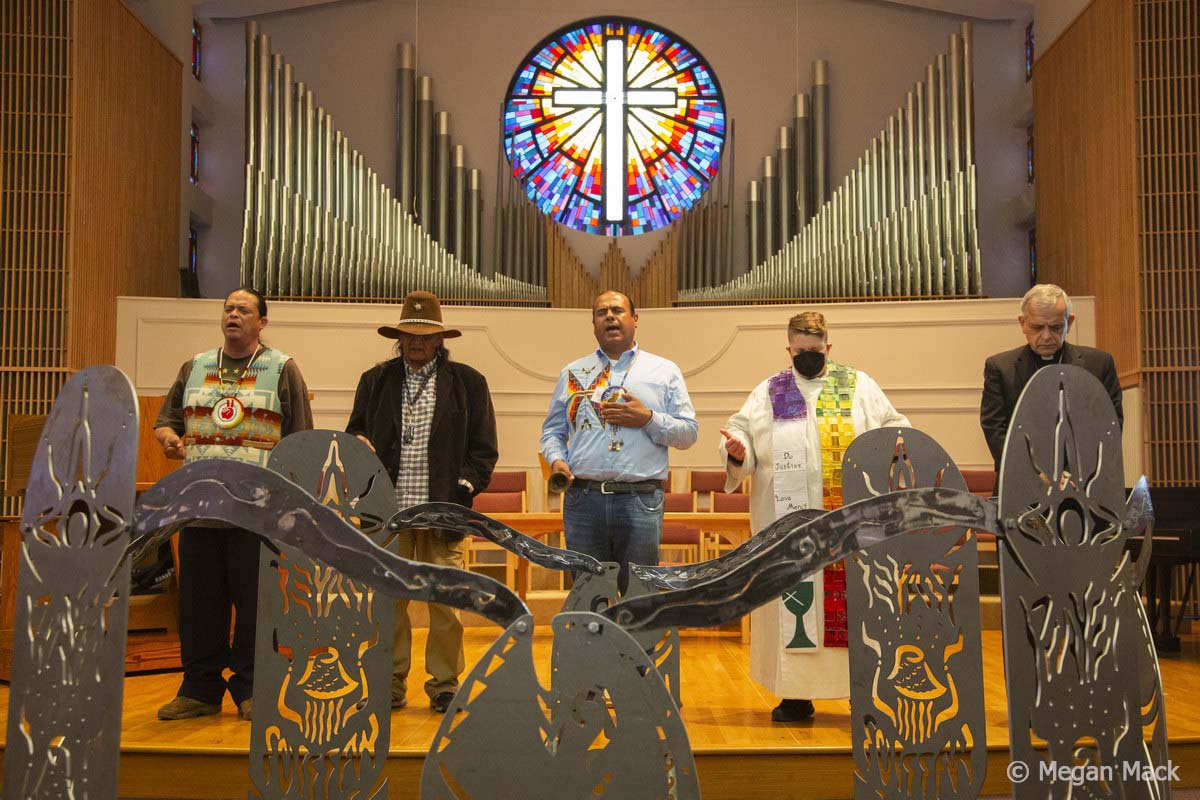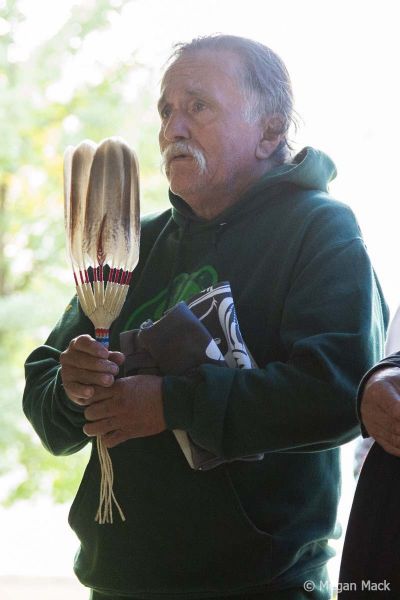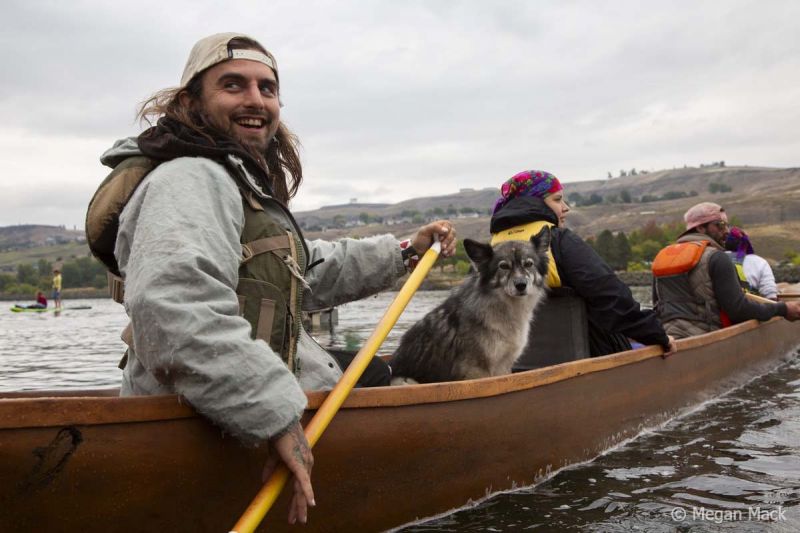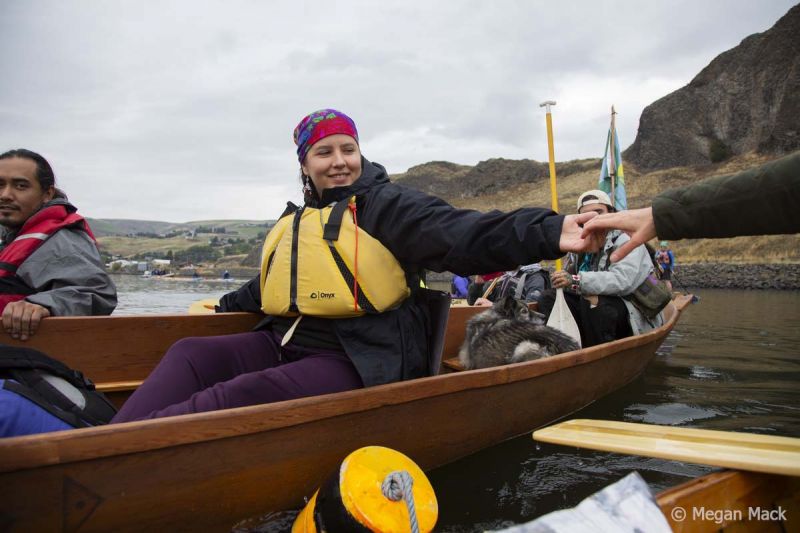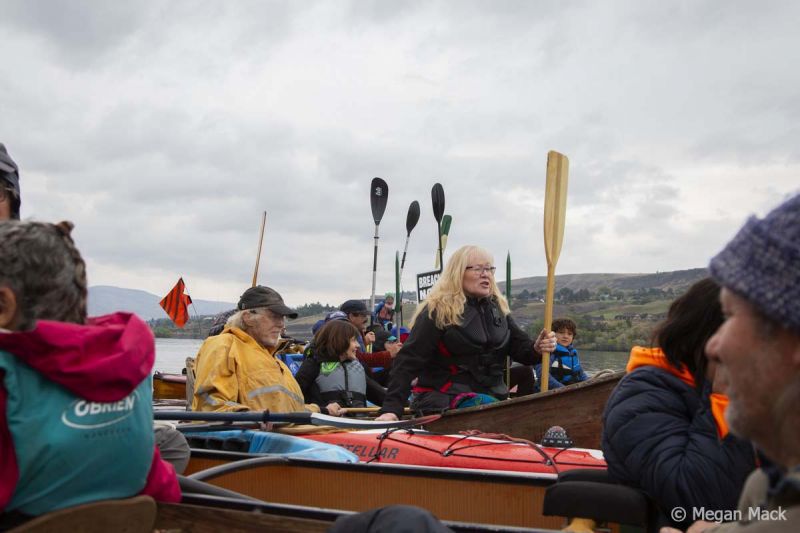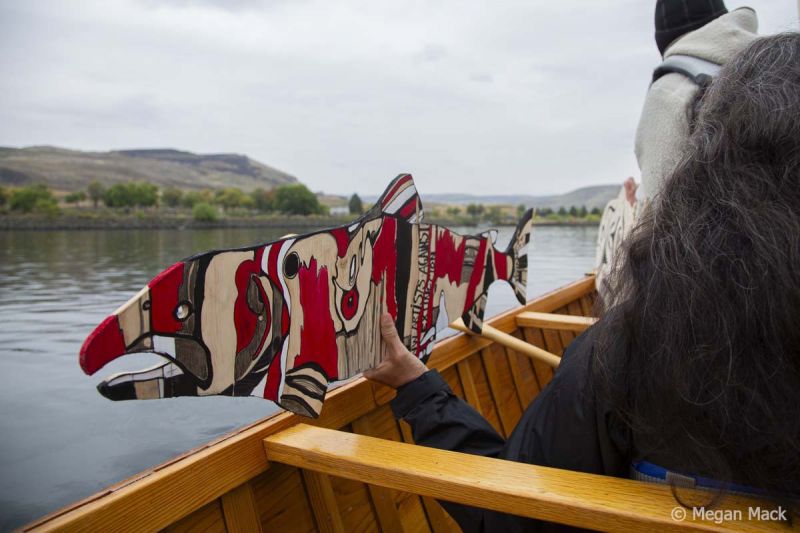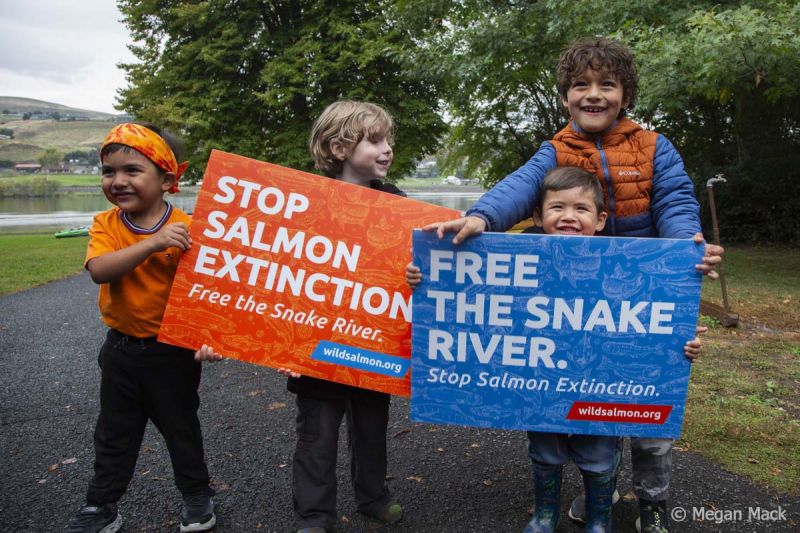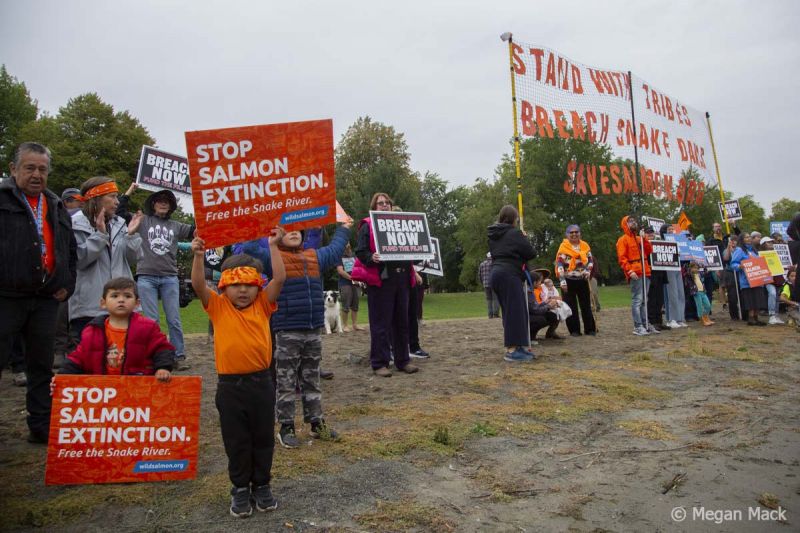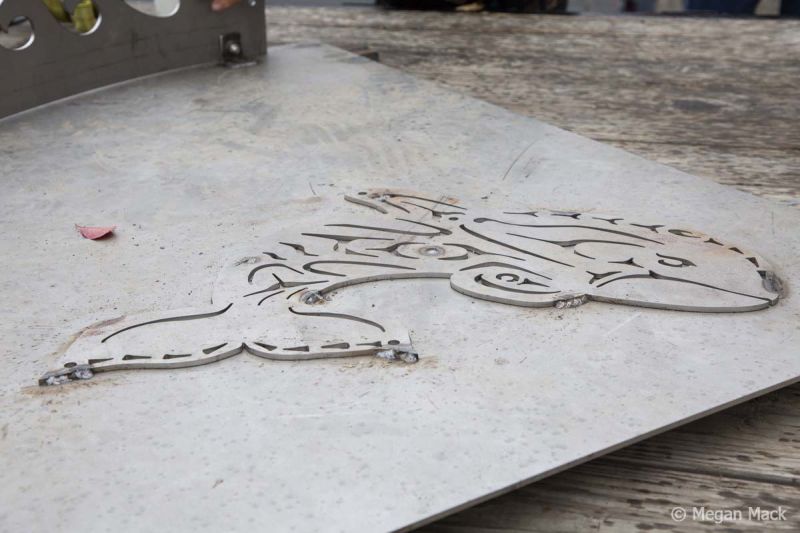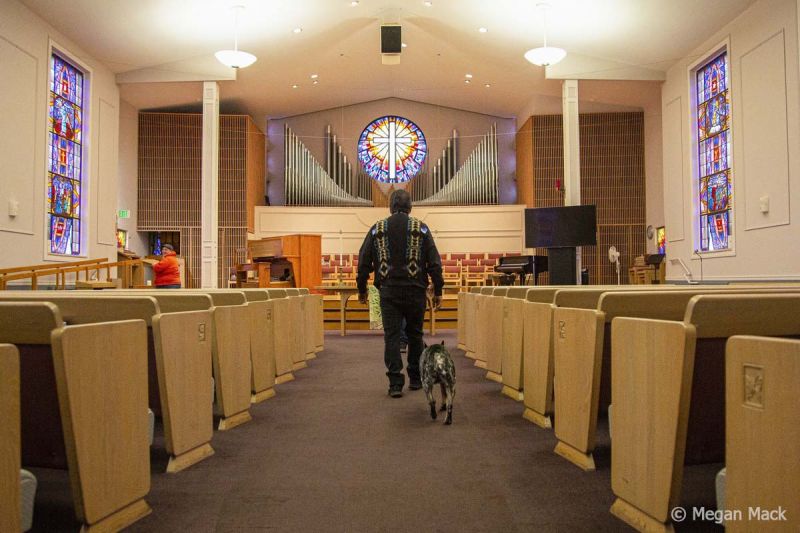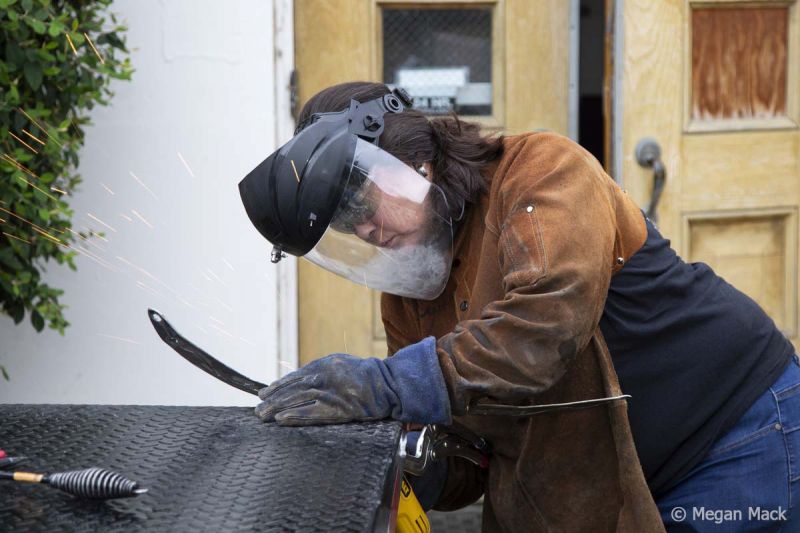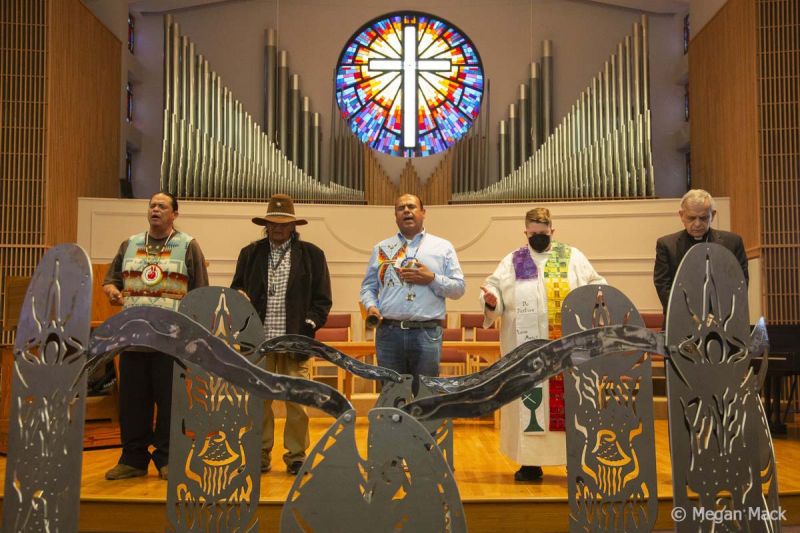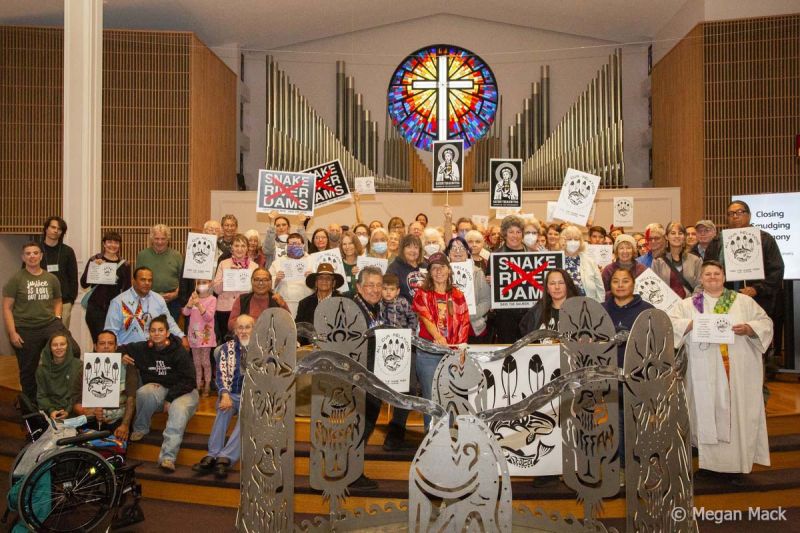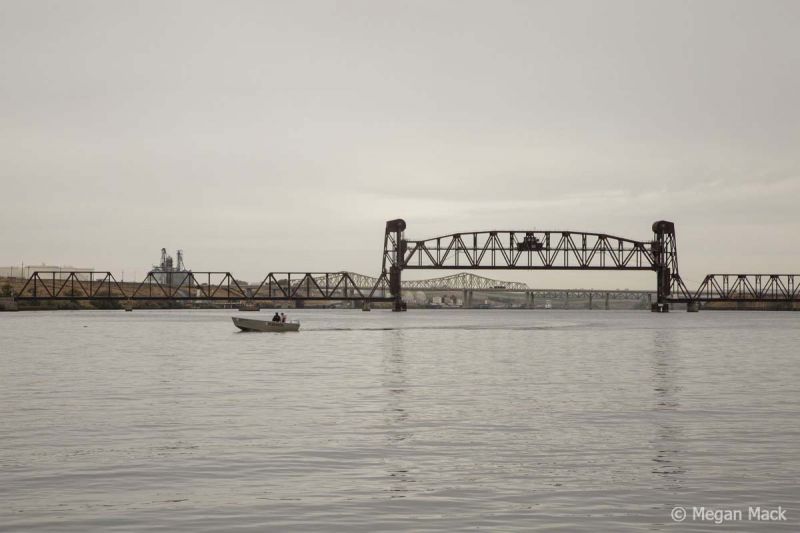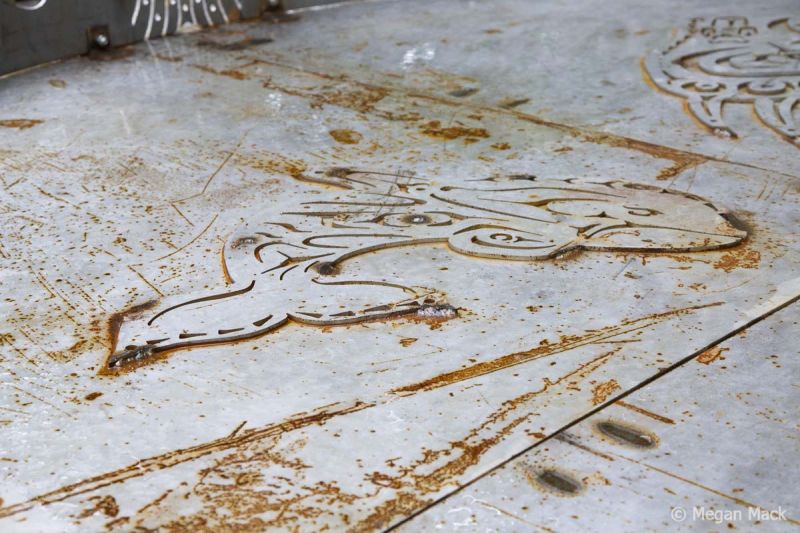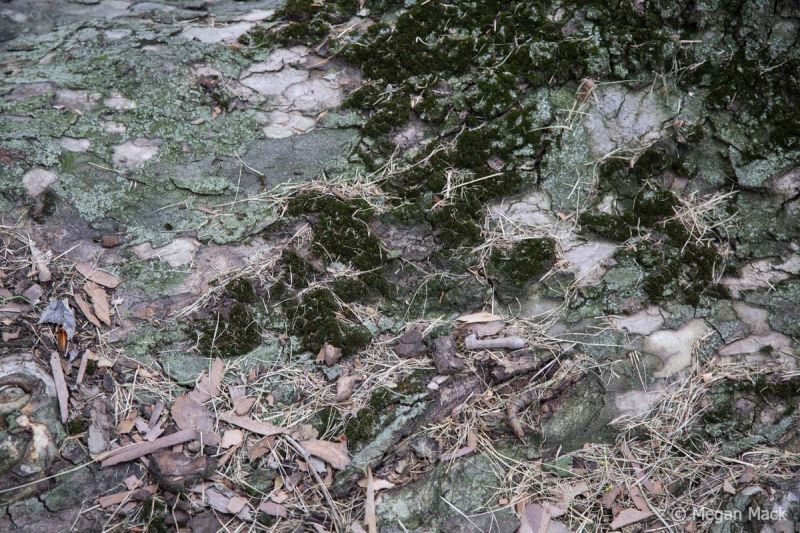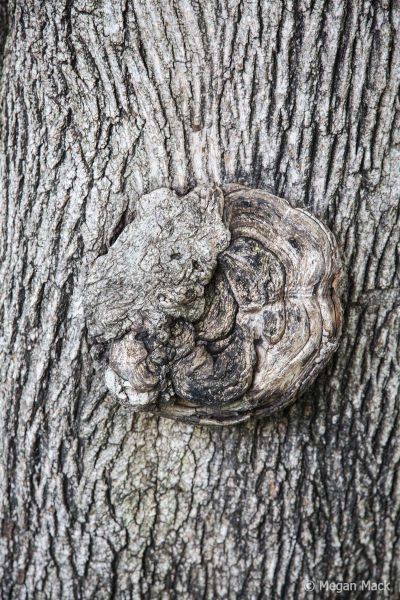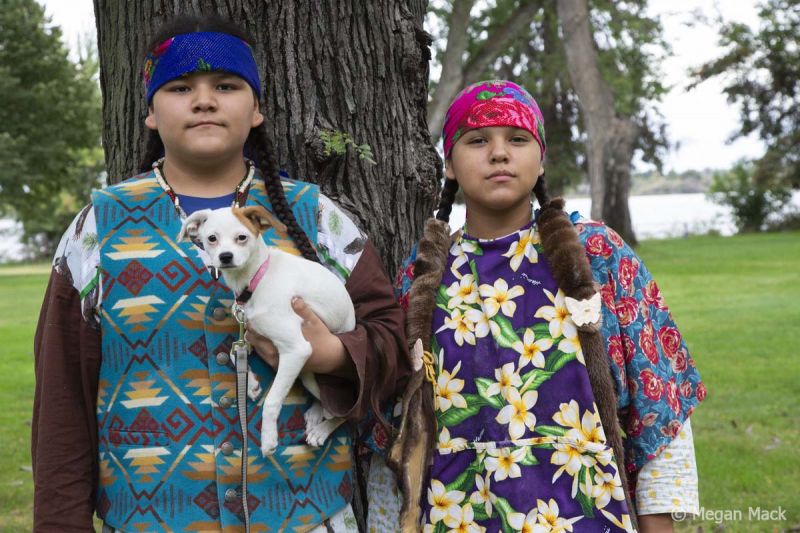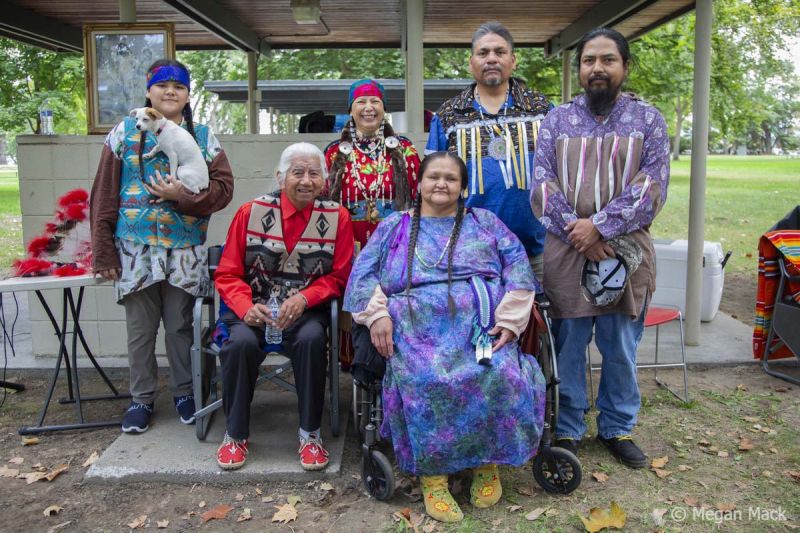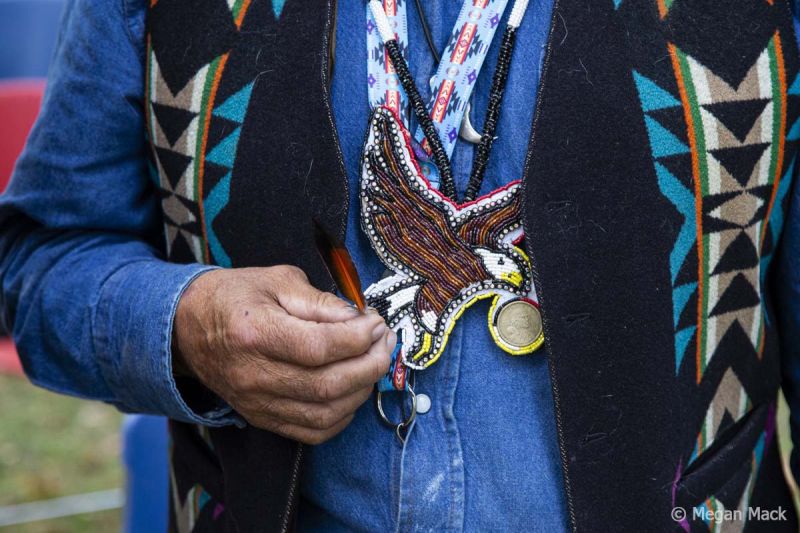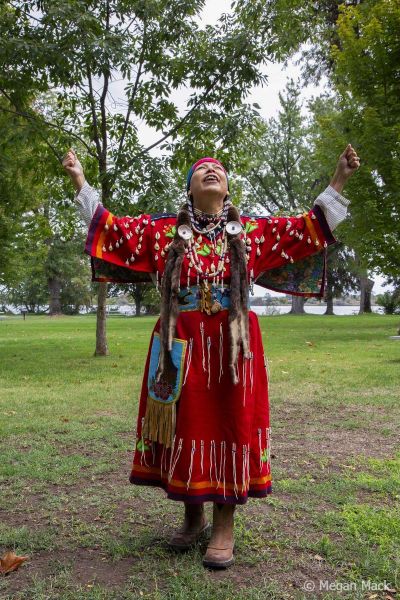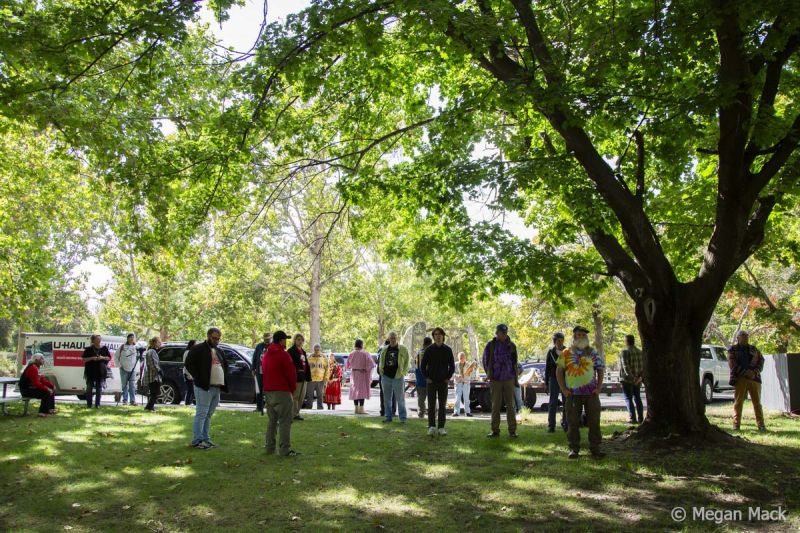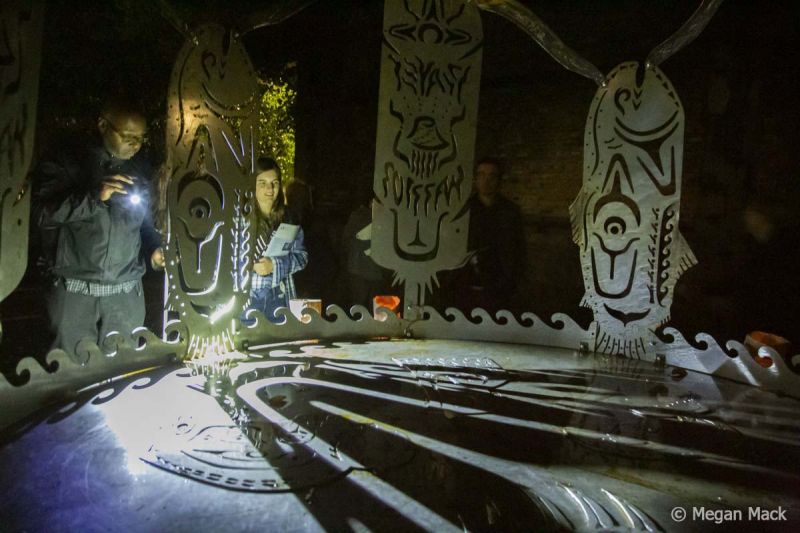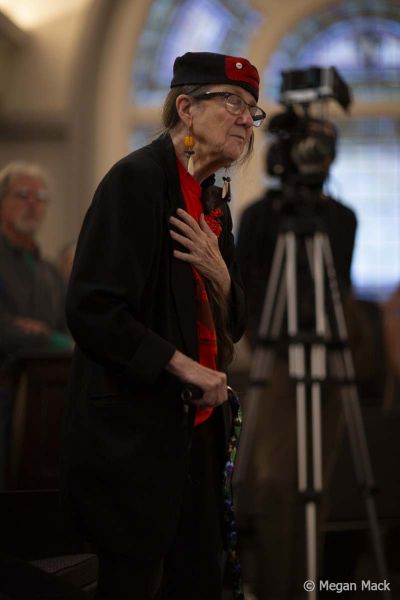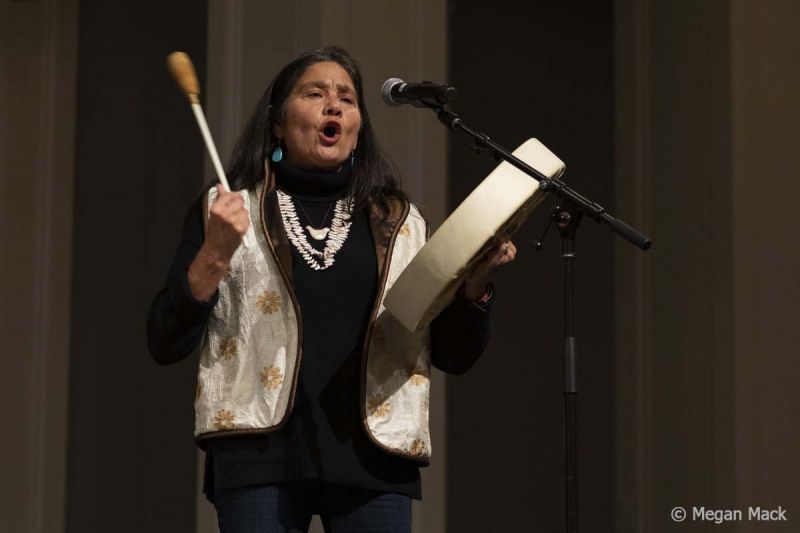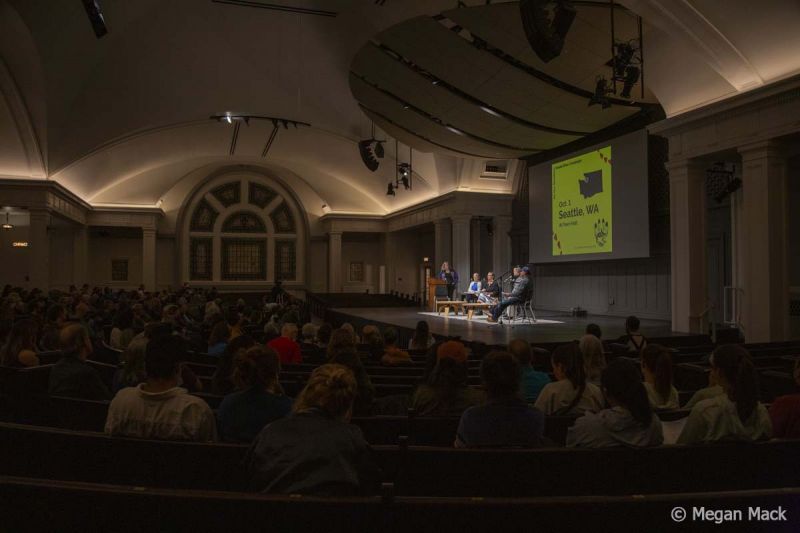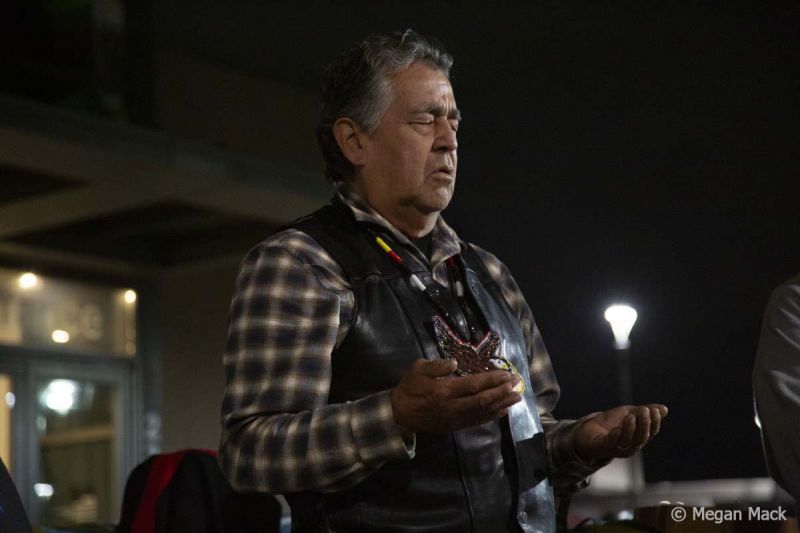By Megan Mack
The All Our Relations Journey (AOR) is the second tribal-led Totem Journey I’ve been asked to document as a photographer. Both journeys were conceptualized by the tribal nonprofit Se’Si’Le (nonprofit run by Lummi tribal members), the House of Tears Carvers (Lummi Master Carvers Jewell and Doug James), along with other local organizations, artists, and activists. One of the main goals of the Totem Journey is to raise awareness about breaching the lower Snake River dams in order to restore pacific salmon populations. The House of Tears Carvers have delivered 15 totems in the past 20 years. Each journey led in protest for Indigenous rights.
A totem journey is no easy feat. This is grassroots traveling activism fighting for the land and the people, and bringing hope to a community. The totem is created to tell a story and bring awareness to an issue. Each hand carved and painted image represents something important to the tribe. When the totem travels it is being blessed along its journey at different designated stops. As an attendee, you are asked to lay hands on the totem, and put your energy into it. Whatever home the totem permanently lands, that space will be blessed by hundreds or thousands of hands that have lain upon it along the way. These journey’s bring political awareness and government action.
In 2013, the totem journey was led in protest of the 50 million ton coal export terminal which was intended to be built on the traditional lands of Xwe’chi’eXen (Cherry Point). The tribes won. The terminal was not built. Similarly, breaching the dams is a tribal right and necessary for restoring the dwindling salmon population in this region. “The salmon was put here by the Creator for our use as part of the cycle of life. It gave to us, and we, in turn, gave back to it through our ceremonies.” — Carla HighEagle, Nez Perce elder (Source: Columbia River Inter-Tribal Fish Commission)
I am not native and am acutely aware of the role I have as a white nonnative photographer–doing my best as an ally to document a culture, tradition and space that I’ve been invited into. I do not have ownership over the images I’m making, but I have been given permission on this journey to document a sacred space and to use my images. I will always need permission to take new pictures or republish images used previously.
There were moments along the journey where someone in the crowd told me I couldn’t take pictures, usually during a smudging ceremony or song. I appreciate this. There seems to be a growing awareness around asking permission before blindly snapping away. Songs especially are very sacred and private; a lot of times these songs cannot be documented or recorded. Songs are gifts to individuals and that individual carries that specific song within them. When we (people with cameras) are not permitted to document a moment, all cameras are turned off to respect what is sacred. Documentary photography struggles with this notion of the sacred. Journalism has crossed boundaries that relied on exploitation to tell a story, over respect and empathy.
I’m not a journalist, nor do I have a background in documentary photography. My background is portraiture, specifically portraiture where I need to make the subject feel comfortable quickly. To me, creating a relationship with the person/subject generates a more collaborative portrait—one both parties are invested in. Trying to document the sacred, the phantasmagoria, is not always possible, but when it happens, as if by magic, all the elements of the photograph come together. Having trust from the person being documented makes a big difference when capturing these moments. There is an ease and comfort while shooting when I, the photographer, have a relationship with the community being photographed.
Salmon are sacred among many tribes in the surrounding regions and the reason I went on this journey. When I began interviewing Nimiipuu Elders about the salmon, they shared with me their deep love, respect, and relationship they have with this mighty fish. They feel that most Western/Euro-American’s relationship with the salmon needs to be changed, to become reciprocal. The salmon cares for us, we care for them. Salmon is a staple part of the diet for this region. Human and nonhuman animals all share the love and harvesting of this great fish.
When I first consumed fresh caught salmon from the Clearwater, my view of salmon changed entirely. This fresh Clearwater salmon was not the salmon I’d encountered before, this was not the frozen, pale pink fishy salmon I was used to from the supermarket. This Spring Chinook was so fresh and tasty we made sushi and ate it raw. Spring Chinook is a highly coveted fish and a very popular fishing season. The taste and feeling this fish brings to your body is unbelievable. It is a perfect, nutritionally balanced meal. Yet, we as Western/Euro-American’s seem to take the salmon for granted. Many tribes have come together in this fight, a fight that greatly affects the Nimiipuu Tribes' treaty-guaranteed fishing rights. The salmon is interconnected and in relationship with a number of keystone species, as well as us.
We must rethink and rebuild our relationship with everything in the natural world. Some tribal members I’ve spoken to see the salmon and other animals in this world as kinfolk, brothers, and sisters–family as opposed to a ‘natural resource.’ If we think about what it means to be reciprocal, can it, will it, help us change our current relationship with the natural world?
The AOR Journey consisted of stops in Olympia, Portland, Pasco, Spokane, Hell’s Gate, and Seattle. Our first stop was Olympia, WA, at the United Churches of Olympia. It’s what everyone here calls a classic PNW day—rainy with a touch of grey. The first member of the journey’s crew I saw was Buster, Doug’s Blue Heeler, strutting around the parking lot. Doug and Jewell James are brothers and members of the House of Tears Carvers, who build totems that travel on these journeys with a message. Doug is traveling with his wife, Si’amilwit, and two young children. Jewell is also traveling with his wife and two kids. Doug told me the story of how he first got Buster and how he spent the whole day looking for him, getting frustrated, where did this dog go? Finally he looked down and turned his head to look behind him, and there was Buster at his heels looking up at him.
Needless to say, Buster is attached to Doug, follows him everywhere he goes. As the crew gathered inside the church, Buster followed Doug down the aisle, I snapped a pic. I appreciate the moment of a dog walking through the pews, a sacred space that welcomes animals. It feels poignant to this journey’s message. People on the journey trickled in and I’m finally introduced to everyone in person vs on Zoom. I greeted the crew that traveled on the journey, Matt with the Sierra Club, Britt from NWAAE, Cyaltsa the artist, and Kurt who works for Si’Se’Le and who invited me to document this journey.
Kurt and I met on the prior journey when I was working for another native-run nonprofit, Nimiipuu Protecting the Environment. He liked my photography from the last journey, “Spirit of the Waters,” and asked me back to document this one. Everyone gathered around, excited to begin the setup. The steel sculpture, which is eight feet high, four feet wide, and weighs multiple tons. It’s very heavy and needs a team to piece it together.
This sculpture, made entirely out of steel, is sectioned into four quadrants that attach together to make the circle. The base of the sculpture depicts a bear paw, an eagle, orca, and buffalo. There are steel rings of air connecting feathers which say “Prayer Warrior.” The four pieces are slipped together and fit perfectly like a jigsaw puzzle. This sculpture traveled the entire length of the journey on the back of a flatbed trailer, by the end of the journey, it was rusted by rain and the natural elements along the way.
Cyaltsa, the artist and creator of the sculpture, was outside the church with an extension cord hooked up to a grinder, putting the remaining touches on the air pieces that would connect the massive metal feathers of the sculpture. Cyaltsa is a metal worker and very at ease with sparks flying around her. I photographed her roughing up the air pieces, so they would become a darker, less shiny metal. It was clear as I documented the installation, that this sculpture was physically challenging to put together. Faces glistened with sweat as they tightened nuts and bolts, and lifted many, many pounds of steel in order to arrange it correctly. This was the first assembly of Cyaltsa’s piece, and nervous, eager energy radiated around the church. Normally, the totem poles are wood and not a circle, so there would be new challenges to move a sculpture of that magnitude and weight around on the journey.
The stained glass windows in the church and the deep rich wood of the pews, contrasted the shiny metal and strength the sculpture exuded. Everyone is delighted with how the sculpture looks in the church, but for me as a photographer, I was nervous. The composition of the space is busy. Lots of ornate details, lots of people, lots of lighting adjustments. Indoor lighting is usually challenging with a flash and a shiny object.
The other big issue with digital photography is over-shooting. Even though I’ve been a photographer for more than half my life, I still have the tendency to over shoot when documenting important events. I don’t want to miss the “moment.” Capturing the essence of the experience is what I strive for. But for those moments to come through, it sometimes still feels unattainable. I’m almost never satisfied with the photographs I make. I want to find moments where the person is unaware they are being documented, a non-performative expression or a natural unawareness. I don’t think about photographs I make as much as I think about the experience and the people. I keep in mind the big picture when filling the frame with the subject, environment, composition.
Taking photos keeps me on my toes, listening, watching, and anticipating not only the subject but what is going on outside of the frame. As a photographer, I’m always on high alert, in the moment, with little time to think. In grad school, my professor said my documenting style of female hunters felt like I was hunting them. When my partner speaks of hunting, it is similar to my feeling when taking photos; blending into the surroundings, tracking the subjects, all your senses on high alert to anything going on outside of the lens or frame. Working from intuition. I have the habit of sneaking up on people, appearing as if out of nowhere. It became a joke when I accidentally startled people on the journey.
Each stop along the journey I saw the speakers retell their truths over and over again–in the rain, late at night after being on the road for a week, early in the morning outside by the river before paddling canoes out on the Snake River. Being on the road as a group brings people together. There is a relationship that feels akin to family. Every morning, after breakfast and our usual casual banter, I asked myself, how can they, at each stop, recreate the same energy, emotion, and impactful storytelling. It’s hard to emote and consistently give yourself over to strangers in this way. Perhaps, the relationships experienced along the journey offered some support and renewal.
At each stop, there is always a smudging ceremony, blessing of the sculpture, drumming or singing, and different speakers tell their stories related to the salmon. In these moments of vulnerability, each participant gave a piece of themselves to anyone watching. I always felt the reality of their stories so deeply, the authenticity that resonated through each speaker. It’s difficult as a photographer to be present during emotional moments and keep taking photos when one wants to listen and be engaged. There’s an ever-present tension between documenting as a photographer and being in the moment as a human. I watched the emotional labor that the Lummi tribe and other tribes go through to tell their story and I see how challenging it is. There was a lot of pain and emotional strife on this journey. While documenting these intense emotionally charged moments, it is also difficult to convey those nuanced feelings or the feelings of the audience. Many times I wanted to take in and feel what the speakers were saying, allow myself to be caught up in their words, but I had to snap back to my work — compartmentalize, focus, wait, and click the shutter.
Focusing on the photography was especially hard when the Lummi tribal members talked about the Orca Tokitae, who recently passed away. Tokitae was to be returned home to its L-pod as a Southern Resident Orca. Tokitae was stolen from her pod, taken to Florida, and held captive until her death at 57 years-old. This death —before she could be returned home—weighed so heavily throughout the journey. I kept picturing this enormous and magnificent creature in the space floating above us. How much of the town hall in Seattle would it take up, all of it? The Lummi tribal members spoke about her amazing funeral procession. Tokitae was kin to them. The Lummi tribe gathered along the shore as a canoe carried her ashes out to sea — finally reunited with her pod.
Not every consumer buying their frozen salmon is aware of the journey these salmon take from the ocean, to the river, passing through the 22 hydropower dams (Source: Northwest Power and Conservation Council), in order to spawn in their home waters, the tributary streams of the Clearwater, Snake, and Salmon rivers. The journey the salmon makes is so unbelievable that if you haven’t seen the salmon swimming up river or dead salmon lying in the creeks after spawning, you would think this is an impossible task. Yes, it is a miracle that salmon are still spawning and crossing over these 22 dams–even with the fish ladders. After the journey, I watched the film ‘Covenant of the Salmon People’ and although I knew a lot about the issues the salmon faced, I did not feel how impacted they were until watching the documentary. Watching them be handled by many human hands along the way, checking them, and keeping track. The commodification of all elements of the earth, the ‘taking’ relationship we’ve created is sadly what has prevailed.
Anytime Jewell or Doug talked to the crowd of people gathered at these events they spoke about the river, spoke as if they were a living being, with a spirit, and a language. I too feel this. I’ve heard sounds of the river late at night, voices speaking in the wind. Photography cannot capture the enormity and vastness of all these multiple spirits in one frame. Or all the different languages communicating to each other that we can’t decipher. Let the river flow and speak freely by breaching the lower four dams along the Snake River. We can begin with this simple task to fix our relationship with the salmon. At this moment, the Biden administration has just passed an agenda to make big strides in salmon restoration along the Columbia River basin and this region, announcing $27 million in new projects, part of Biden’s investing in America agenda (Source: Columbia River Inter-Tribal Commission). I hope through collective action we can reinstate our relationship with the salmon and protect what is sacred.
Images ©Megan Mack, courtesy of Si-Se-Le
Gallery
